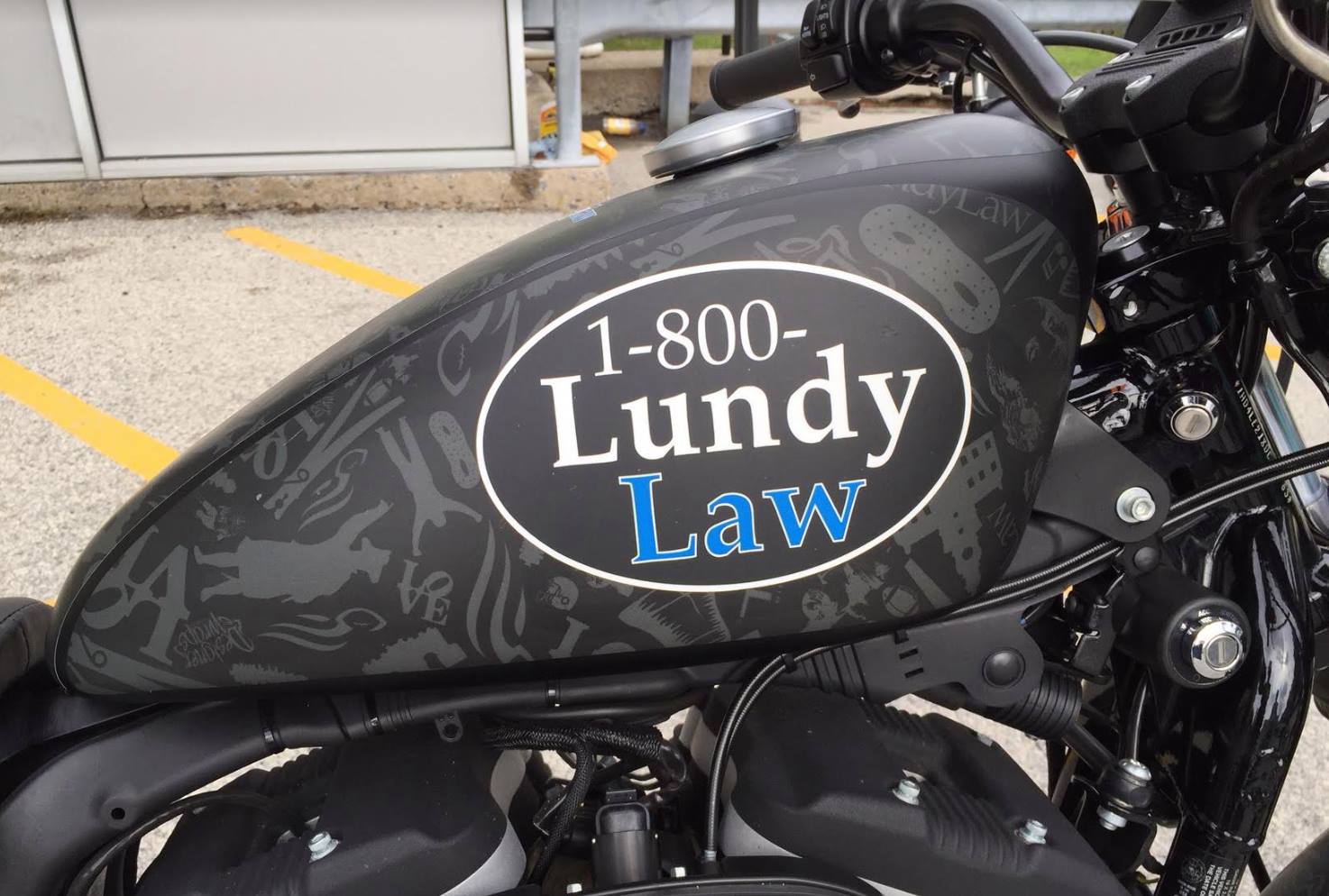Operating a motorcycle takes different skills than driving a car; however, the laws of the road apply to every driver just the same. Using basic common sense can go a long way in helping reduce the amount of fatalities involved in motorcycle accidents on a yearly basis. It’s important to understand some basic motorcycle safety tips to make sure your next ride is a safe one.
Follow these tips for safe riding:
Always wear a helmet with a face shield or protective eye wear
Wearing a helmet is the best way to protect against severe head injuries.
Wear appropriate gear
Make sure to wear protective gear and clothing that will minimize the amount of injuries in case of an accident or a skid. Wearing leather clothing, boots with nonskid soles, and gloves can protect your body from severe injuries.
Follow traffic laws
Obey the speed limit; the faster you go the longer it will take you to stop. Be aware of local traffic laws and rules of the road.
Ride Defensively
Don’t assume that a driver can see you, as nearly two-thirds of all motorcycle accidents are caused by a driver violating a rider’s right of way. You should always ride with your headlights on; stay out of a driver’s blind spot; signal well in advance of any change in direction; and watch for turning vehicles.
Keep your riding skills honed through education
Complete a formal riding education program, get licensed and take riding courses from time to time to develop riding techniques and to sharpen your street-riding strategies.
Be awake and ride sober
Don’t drink and ride, you could cause harm to yourself and others. Additionally, fatigue and drowsiness can impair your ability to react, so make sure that you are well rested when you hit the road.
Preparing to Ride
Making sure that your motorcycle is fit for the road is just as important as practicing safe riding. Should something be wrong with your motorcycle, it will be in your best interest to find out prior to hitting the road. To make sure that your motorcycle is in good working order, check the following:
- Tires: Check for any cracks or bulges, or signs of wear in the treads (low tire pressure or any defects could cause a blowout)
- Under the motorcycle: Look for signs of oil or gas leaks
- Headlight, taillight and signals: Test for high and low beams (make sure that all lights are functioning)
- Hydraulic and Coolant fluids: Level should be checked weekly
Once you’ve mounted the motorcycle, complete the following checks:
- Clutch and throttle: Make sure they are working smoothly (throttle should snap back when released)
- Mirrors: Clean and adjust all mirrors to ensure sharpest viewing
- Brakes: Test front and rear brakes (each brake should feel firm and hold the motorcycle still when fully applied.
- Horn: Test the horn
What you should know if you’re in a motorcycle accident.
If you’re injured in a motorcycle accident, here is some advice: Don’t sign any paperwork or give a recorded statement to the insurance company before you speak with an attorney. Protect your rights – call now before valuable evidence disappears from the accident scene.











